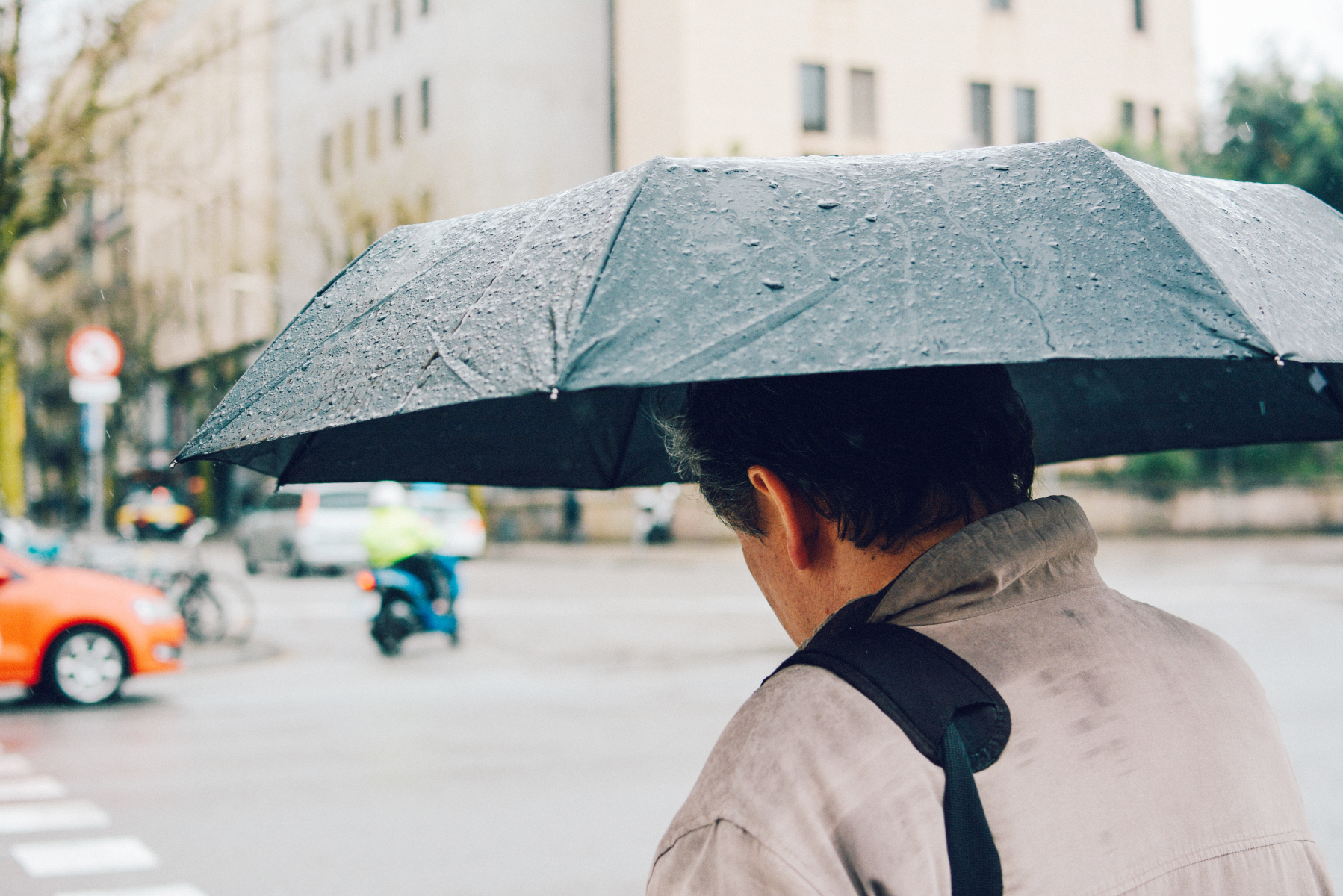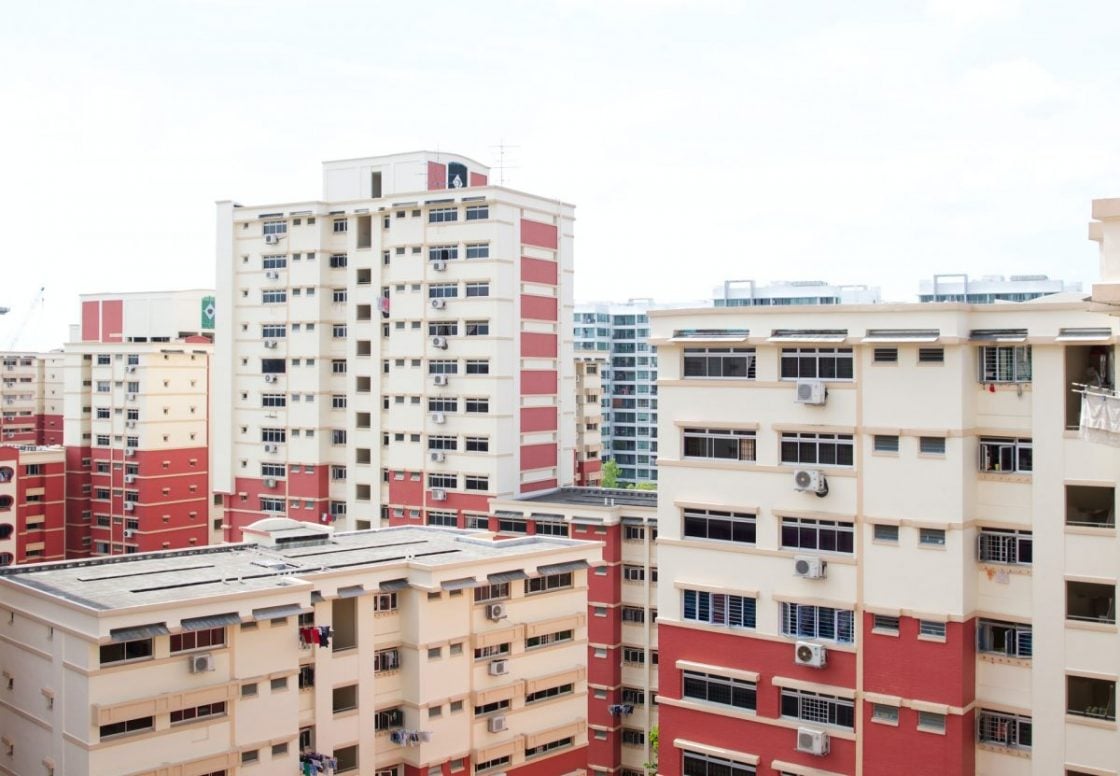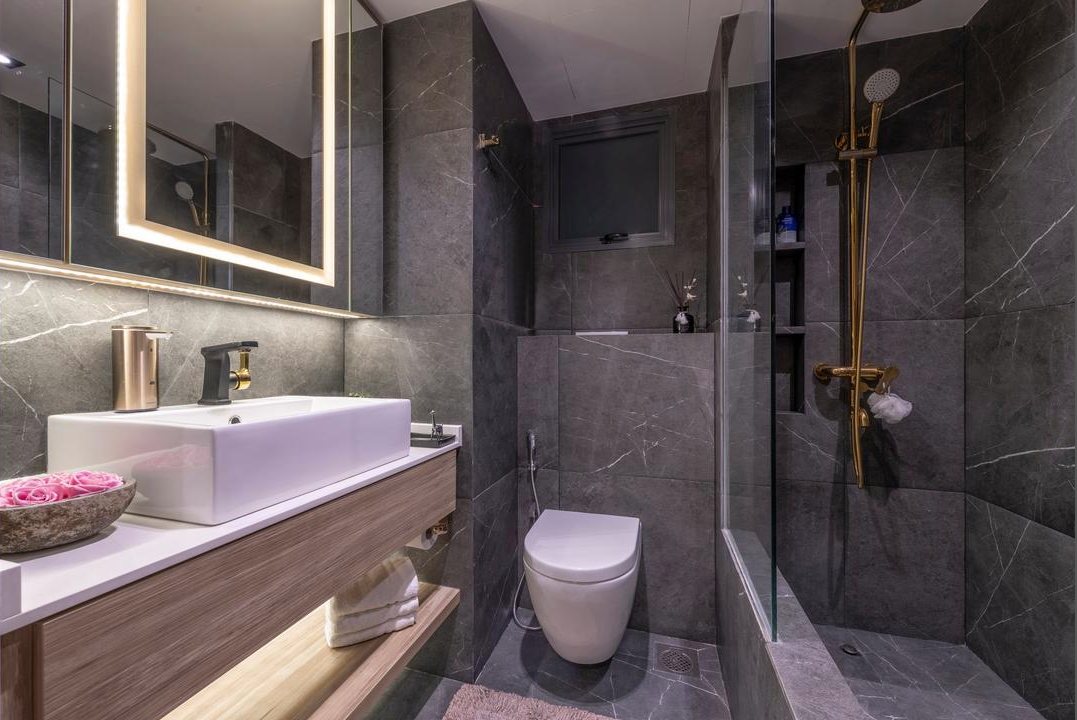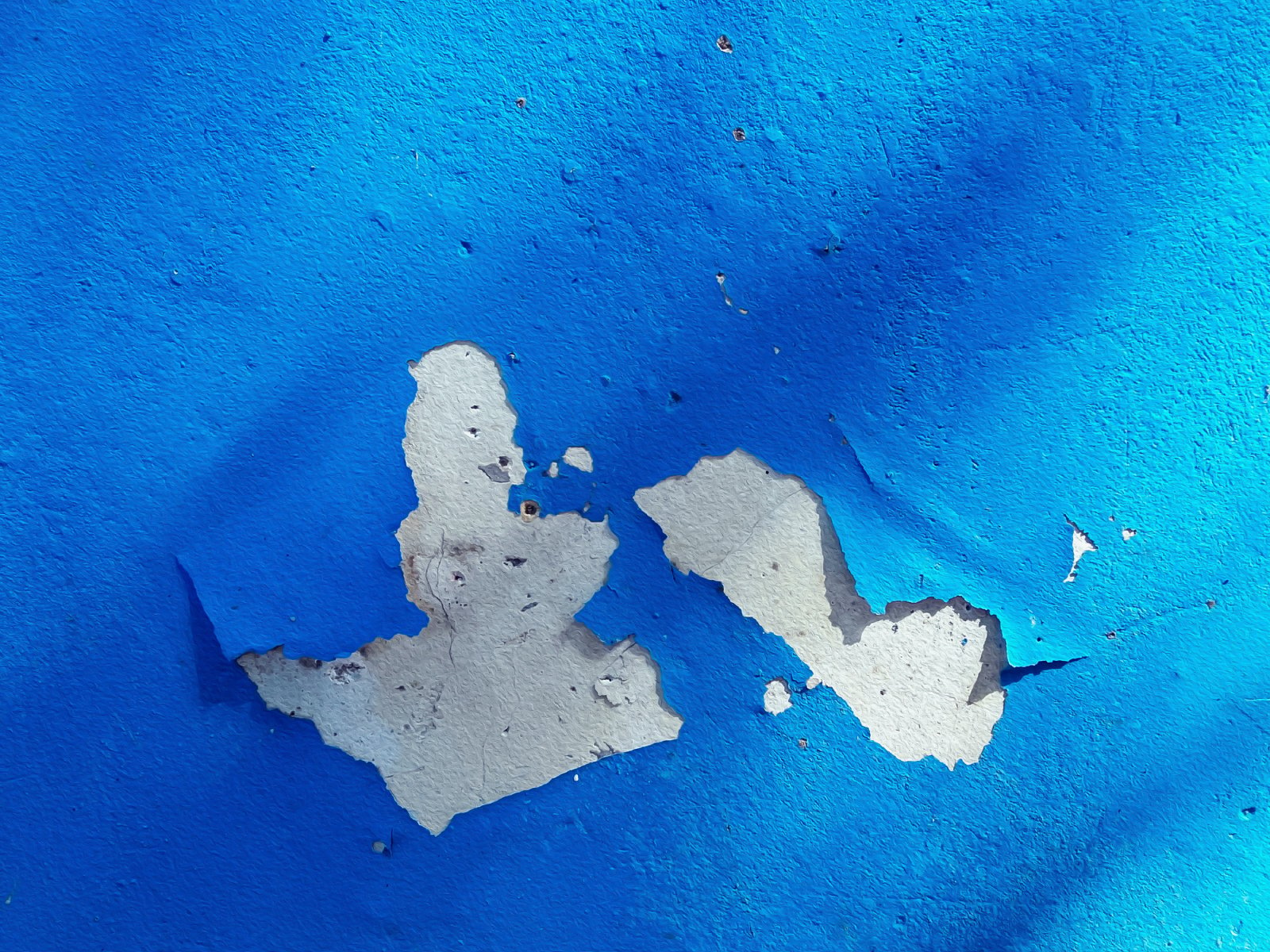If you happen to glance up and notice your ceiling paint blistering or peeling, patches of discolouration or dripping water (a dead giveaway), you most likely have a ceiling leak that needs to be fixed.
What causes ceiling leaks and water seepage?
Ceiling leaks
The common cause of ceiling leaks is water leaking from the above unit down into the lower floor’s ceiling through the concrete floor slab.
The wear and tear of the waterproof membrane and screed in the floor slab is usually the culprit.
If you live on the highest floor and experience ceiling leaks, it’s probably due to the wear and tear of the roofing material at the top of your HDB block.
Heavy rainfall
Water run-off can also occur during and after a wet season of heavy rainfall, which usually occurs during the monsoon season between November and January.

Residents grappled with this issue in early 2021, when Singapore experienced a persistent period of heavy downpour that clocked the highest rainfall in the past 39 years.
MP for Tampines GRC Baey Yam Keng said it was a common problem exacerbated by the incessant rain. “Every now and then, this will happen in older blocks, but the intensity of the rain this monsoon season probably made it worse as the external walls of the blocks are exposed to prolonged pelting of the rain,” he added.
Water leakage is usually found in older buildings and wet areas such as toilets and bathrooms, where more moisture can be found.
Damaged water supply
Another reason can be attributed to burst or leaking pipes, either through age degradation or if contractors did not carry out renovation works appropriately.
Leaks can also occur from worn-out toilet wax rings. It happens when you flush and water seeps through the wax ring, running behind the walls and pipes, resulting in moisture accumulation over time.
Who’s responsible for the ceiling leaks within HDBs?
Every property has a Defects Liability Period (DLP), where HDB provides warranty coverage for ceiling leaks, external wall seepage and spalling concrete.
| Issue | Warranty period |
| Ceiling leak at toilets/kitchen | 5 years* |
| Water seepage from external wall | 5 years |
| Spalling concrete | 10 years |
| *The warranty for ceiling leak ceases if the floor tiles have been changed, or if the waterproofing system has been tampered with. | |
If your unit doesn’t qualify for the DLP, you can contact your local town council for help by lodging a report with photo and video evidence.
External walls of HDB blocks are common property and fall under the town council’s jurisdiction. As such, the town council should conduct regular maintenance and repairs where needed.

If it’s a ceiling leak between the upper and lower floors, you and your neighbour will need to come together and bear the responsibility and cost of arranging for repair work.
Splitting responsibility is only applicable if the leak is caused by wear and tear. If the problem originated from renovations by the upper-floor resident, they would be liable for 100% of the costs to repair the damage.
HDB has three recommended contractors on their list that you can engage in fixing your leaking ceiling.
| Company name | Contact person | Areas in charge |
| EC Builders Pte. Ltd | Mr Kevin Zuo (91268198 / kevinzuo@ecbuilders.sg) | North and West region |
| Jacob General Contractors Pte. Ltd. | Mr James Tan (90277206 / jacobgen-hdb@outlook.com) | East region |
| Success Forever Construction & Maintenance Pte. Ltd | Mr Jack Oei (96898822 / 67522212 / enquiry@successforever.com.sg) | Central and South region |
Damage from within the flat
However, it’s a different matter if the water seepage occurs from your flat, such as faulty window frames, broken air-conditioning panels or leaking pipes from a renovation.
Flat owners are solely responsible for the maintenance of the interior of their homes, so the onus falls on you to repair the damage on your own with the help of a contractor.
Will HDB assist in fixing my ceiling leak?
To facilitate flat owners in carrying out the repairs quickly and affordably, HDB provides assistance under the Goodwill Repair Assistance (GRA) scheme.
According to HDB, the GRA “is meant to resolve leaks in the floor slab between flats caused by wear and tear.”
Under the GRA, HDB co-pays 50% of the repair cost, and the remaining 50% is split equally between the upper- and lower-floor flat owners.
HDB will appoint a contractor to carry out repair works, which involves laying a fresh waterproof membrane on the floor of the upper units and applying a skim coating, sealer and paint to the ceiling of the lower floor unit.
The GRA only covers the cost of repairing the floor slabs and does not cover damage to fixtures and fittings, such as in-built carpentry, lighting, shower screens etc.

In this example, the flat owner discovered a leak in her kitchen ceiling. After inspection by HDB, it was determined that the leak was due to a faulty water supply pipe within her flat and thus could not be covered under GRA.
As such was the case, her request for co-funding was denied.
Think twice when opting-out of the Home Improvement Program
The Home Improvement Program (HIP) aims to give older flats a tune-up of sorts, with fully-funded essential improvements that include the replacement of cast-iron pipes. This is because the pipes are prone to erode over time, so they are replaced with unplasticised polyvinyl chloride (PVC) pipes.
Should the flat owner decide to refuse the upgrading for any reason, HDB will accede to the request after carrying out an inspection. The pipes need to be in decent condition, with no dampness around the pipe of the lower-floor unit.
However, “The residents will be required to sign an undertaking to replace the pipe themselves at their own cost if it leaks in future.”, according to HDB.
Due to the disruptions and industrywide shortage of construction workers arising from the Covid-19 pandemic, the waiting time to carry out GRA repair works has increased from one to two months to about three to six months.
Faster, less intrusive methods of repair for ceiling leaks
Minister of State for National Development Muhammad Faisal Ibrahim revealed in February 2021 that HDB had identified two new technologies to improve the current method for repairing ceiling leaks – nanotechnology waterproofing and overlaying waterproofing membrane system.
These two methods provide faster and less intrusive alternative options for residents who prefer to opt-out of hacking their toilet tiles and keep the existing finishes.
The nanotechnology waterproofing system works by spraying a coat of a colourless liquid-based solution onto the substrate or tiles. This creates an invisible barrier with a hydrophobic effect, preventing water from seeping through.
The overlaying system involves applying a 2mm to 3mm coating of epoxy-based waterproof membrane directly over existing tiles, covering any cracks and leaving the tiles highly resistant to any liquids.
It also imparts a granite or marble-like finish due to the decorative flakes in the membrane.
Waterproofing with the two methods can be completed in a day, versus the three to four days that hacking requires. It also eliminates the dust and noise that hacking tends to generate.
What happens if I don’t fix the ceiling leak?
Even if you think that the water damage is minor, you should still take swift action to nip it in the bud. Failure to do so could result in more damage over time, making it more difficult and costly to fix.
Leaving it and hoping the water will dry up may cause problems such as:
1. Water stains
The first sign of your problems is stained and peeling paint on your walls. You can tell where the most severe water damage is prevalent by touching the walls – it will feel damp to the touch.

Leave it long enough, and you’ll notice the plaster start to bulge from all the water accumulating under the surface.
2. Odours
A house that’s affected by long-term water damage has a musty smell that won’t go away, no matter how often you run the laundry or use an air freshener to try and cover it up.
3. Mould and mildew
It can also lead to an infestation of mould and mildew, which takes root in your ceilings and spreads to your belongings. Spores from the mould can pose serious health effects if left untreated, such as skin issues, chest tightness, throat and lung irritation, and nasal congestion, to name a few.
4. Electrical damage
What happens when you mix water and electricity? Nothing good, that’s for sure. Wires run behind your walls, and if the water comes into contact with the electrical circuit, it can result in power surges, electrical shocks and even fire.
Facing a ceiling leak or water damage in your home? Let us know in the comments section below or on our Facebook post.
If you found this article helpful, check out Undergoing the HIP programme: What to expect and Defects inspection for your new BTO/condo home: What owners must know.
The post Tackling ceiling leaks and water seepage in your HDB appeared first on 99.co.

